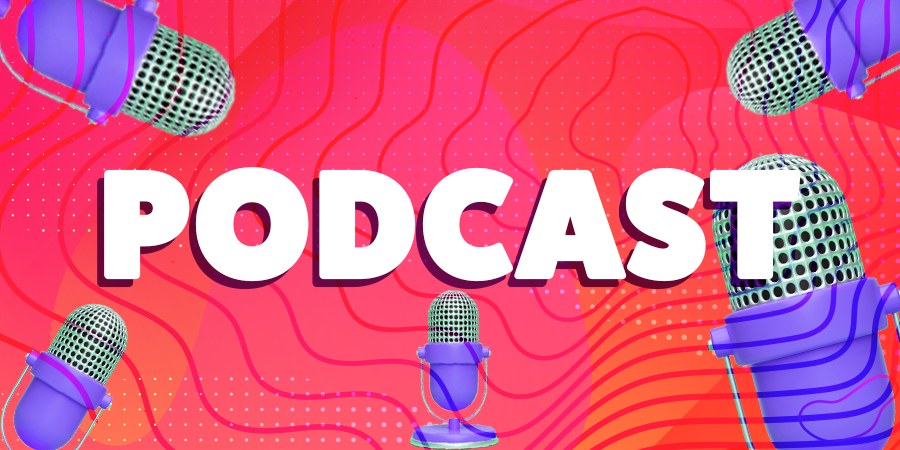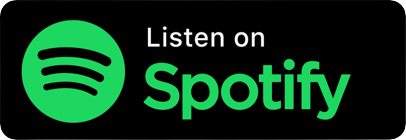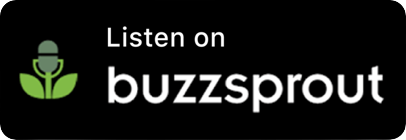Ep 62: Serious Social – Unlocking social as lockdown lifts
In this episode of Serious Social, Katy Howell explores how societal change will impact your brand approach social media as restrictions and lockdowns start to lift. Tune in now to find out what will change, the signs and trends you need to look for and how you can adapt and flex to meet expectations as we move into the new normal.
If you’re after more know-how to break the social boring, subscribe now.
Full Transcript
Hi, welcome to this week Serious Social. And what a week here in the UK as we’ve seen an end to restrictions around COVID and around the world as vaccines roll out, we are taking steps towards a new normal.
A new normal because we’re not going back to the way things were. It’s going to be different at least for the next few months. You see, we’ve developed new habits, game changers in societal behaviours, from a greater consensus for work-life balance and hybrid working to a demand for camping equipment.
In the midst of all this change has been social. We’ve all got more active on social and engagement and attention rose dramatically. Facebook’s daily active users increased by 11% and who knew there was a TikTok a few years ago, now it’s the mainstay of social.
The big question is, that as locked down lifts, how are things going to change? Or what will change? Will the pandemic habits stay with us? Or as the economy suggests, are we going to face an attention recession as we get back to living in the real world?
Or is it the case that social is now so embedded in our activities and with new audiences that we will just bring the outside world into our feed. Suddenly CMOs are saying social will be one of the biggest drivers for growth in the coming 12 months. Moreover, when our audiences change behaviours, there’s a greater opportunity to get them to pay attention to our brand. Like all life events, people will reevaluate the products and services they buy. The same will happen as society shifts to it to a kind of a new way of living.
Wherever the changes that happen, we as social media marketeers will need to flex fast as consumers and customers adjust their habits, predicting what new behaviours will emerge and what’s likely to have just been a kind of a temporary blip is likely to be like gazing into a crystal ball.
So we haven’t got a clue, but I do think we can apply a little bit of logic. There are social signals we should be paying attention to and data that will give us clues as to how we can continuously and rapidly test and learn through this period of change. It also hints at where the opportunities lie.
So let’s start with the more predictable trends. What is likely to continue as lockdown lifts? I’m going straight in, I can’t help myself with the commercial impact. The latest research from MetaPack tells us that 86% of consumers will continue shopping more online well after the pandemic. And according to Statista, 43% of global shoppers research products on Facebook, Insta and Pinterest. And from squad shopping, which is online shopping with your mates to in-feed purchases, we’ve kind of got used to the convenience of shopping from devices. Added to which the pandemic hallelujah drove brands to be better at their digital transformation, improve customer journeys and create relevant experiences making it easier to buy.
And then also, the last 18 months have seen a deluge of options as direct consumer brands appeared, choice and convenience have made this a habit that is likely to stick for some time.
The platforms themselves changed bringing more tools and formats to support social commerce, live streaming jumped into this arena. There’s a nice bit of research from core sites which suggests that in the US alone live stream shopping will be worth 25 billion in sales by 2023. And I found this really cracking case study from Tommy Hilfiger who live streamed in China, attracting 14 million viewers and sold out 1,300 hoodies in two minutes. I don’t think social commerce will disappear anytime soon.
The pandemic also brought us new audiences. The baby boomers have flocked to social, spending on average, which when I found this, I just thought this was amazing, an hour 20 minutes a day on social media. So they’re busy bees on social, but more importantly, they’ve been active. There’s been a 66% increase in baby boomers, discovering new brands and products according to GlobalWebIndex. Their motivations are very strongly linked to connecting with friends, family and community, which suggests they will stay for the long-term and who doesn’t want to reach this audience with a disposable income and time to discover new products and experiences.
Alongside the news that commerce and new active audiences are likely to stay is the bad news, trust. As Edelman puts it, trust is a new brand, equity, it matters more than brand love. And on social that trust requirement can be felt strongly if a business steps out of line. The last 18 months has brought on a call-out culture and 40% of people would give up the brands they love if they don’t trust the company, visual signalling no longer cuts the mustard and you need to deliver genuine communications or risk being cancelled, or even find yourself amidst a crisis. The need to trust the brands we buy is not going to go away anytime soon. So it needs to be the backbone of your social comms.
Outside of these three, hopefully continued behaviours will come the most likely changing trends. So during knockdown, we saw interests change, we discussed banana bread, and then we went on to sourdough. We clapped and we Zoomed. It’s unlikely many of these things are going to continue as the world begins to open up.
So instead, you’ll need to look for the social signals around new behaviours and interests. Pinterest data shows that search for vacations rose 75% in March this year. And in April, we started to get ready to remerge with an 85% increase in searches for outfits, DIY and home renovation isn’t escaping either. Maybe it’s all that time we’ve spent at home. Pinterest shows these are up 65% in the last quarter, compared to the previous year.
Listening for these signals gives you the opportunity to capture audiences and be relevant at the right time. And it isn’t just products people want, they want experiences. Momentum Worldwide’s research shows that 48% of consumers say they are planning to try new experiences this year.
Interests like this are going to bubble up and down, as confidence grows, they will be impacted by the news, by seasonality and of course, some of the interests and attitudes and values we gained in the last 18 months.
And some behaviours will evolve further, especially those around cultural and societal change such as BLM, MeToo and climate change. There’s a greater expectation that companies be involved with these issues of diversity and sustainability. In fact, 54% of people expect brands to have a position on cultural changes that they share on social. This is not a time to stay quiet on social, you’ll need a strong, genuine voice, but you will also need to be seen. And there are some areas of social that you’ll need to explore further.
Social, I always think has played hardest and best when it’s integrated and integration with the real world seems like a perfect way to move from the sort of selfie taking era of pre-COVID, an augmented reality and social will begin to really blossom. It’s an immersive experience which we’ve really got used to with filters and the animated backgrounds. Instagram, Snapchat and Facebook have all made AR a part of their features. And 43.7 million social media users used an AR filter at least once a month in 2020, compared to 38 million in 2019.
So AR is just no longer just Pokémon Go. It’s kind of grown up to help brands and businesses as it’s being used for things like live events, product placement, and even enhanced e-commerce.
So, let’s knock down lifts, you need focus your social on these behaviours, the ones that will stay the same, look for signals that reveal opportunities to join trends, interests, attitudes, understand how the behaviours have shifted and start playing with some of the new formats like AR and VR.
Of course, in truth there is so much more to talk about, the changes in paid social for Wharton, the need to bring social closer to the spaces we can now get to. And the rise of ephemeral content that kind of only lasts a twinkle, all of which are on the rise or changing dramatically. But the reality is that for anyone focused on social, the next few months are going to be interesting and bloody busy. You will need to be agile focused on a real test and learn culture and ensure that you kind of grab a piece of the new normal for your brand.
So there’s lots to talk about, and it’s going to be a bit of an adventure over the next few months. I will make sure that I keep you all updated on any changes we see in the data, but in the meantime, have a lovely Friday, brilliant weekend. And you know, we’ll be back again with another Serious Social next Friday. See you then, bye.



